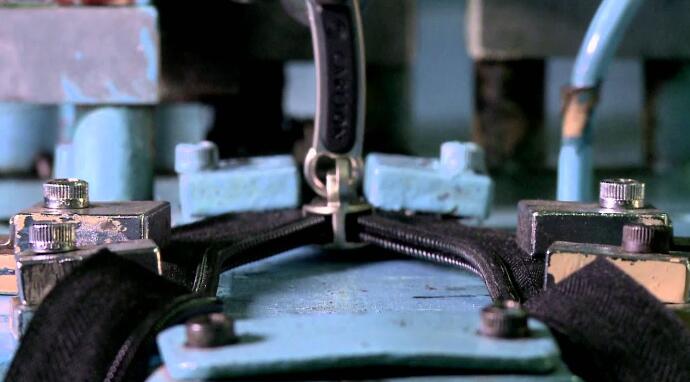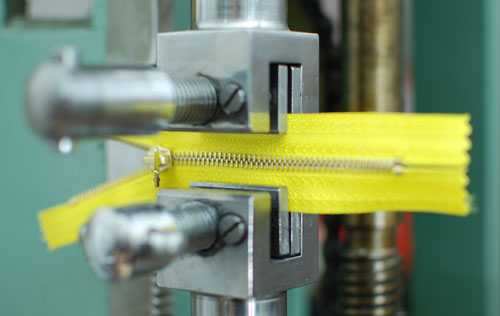- Qinsun Instruments Co., Ltd.
- Tell:+86-21-6780 0179
- Phone:+86-17740808215
- Address:No. 2578 Minhang District Gu Dai Road, Shanghai
- Contact:Mr. Li
- QQ:846490659
Zipper Test: 5 Factors Affecting Longevity

Zipper is a common garment accessory and an important functional element. The quality and durability of a zipper not only affects the beauty and comfort of a garment, but also relates to the safety and trust of the user. So, what factors affect the life of a zipper? In this article, we will introduce 5 important factors in zipper testing and how to improve the performance and longevity of zippers through proper design and selection.
1. Zipper Material
Zipper material mainly includes zipper tape, chain teeth, slider and stop and other components. Different materials have different characteristics, advantages and disadvantages. For example, metal zipper has high strength, high wear resistance and high corrosion resistance, but it is also easy to oxidation, discoloration and deformation; nylon zipper has the advantages of lightness, softness and low noise, but it is also easy to break, slip and aging; resin zipper has various colors, shapes and styles, but it is also easy to deformation, hardening and fading. Therefore, when choosing zipper material, we should consider it comprehensively according to the usage, style and function of the garment.

2. Structure of zipper
The structure of zipper mainly refers to the connection and cooperation relationship between zipper tape, chain teeth and slider, which directly affects the smoothness, stability and reliability of zipper. For example, the width, thickness and density of the zipper tape will affect the strength and flexibility of the zipper; the shape, size and arrangement of the teeth will affect the bite force and tension resistance of the zipper; the design, material and locking mechanism of the slider will affect the operability and safety of the zipper. Therefore, when designing and making zippers, the structure of zippers should be optimized according to the needs and standards of garments.
3. Zipper process
The zipper process mainly refers to the techniques and methods used in the manufacturing process of zippers, which directly affects the quality and appearance of zippers. For example, the processing methods such as dyeing, printing and coating of zipper tape will affect the color, pattern and function of zipper; the processing methods such as stamping, plating and polishing of chain teeth will affect the luster, flatness and wear resistance of zipper; the production methods such as injection molding, assembly and testing of slider will affect the precision, firmness and qualification rate of zipper. Therefore, when producing and inspecting zippers, the zipper process should be controlled according to the quality requirements of garments and market demand.

4. zipper use
The use of zipper mainly refers to the way users operate and the frequency of using zipper when wearing garments, which directly affects the life and effect of zipper. For example, the user should keep a smooth, even and moderate strength when opening and closing the zipper, avoiding too big, too fast or too violent operations that may cause the slider to jam, slip off or be damaged.





